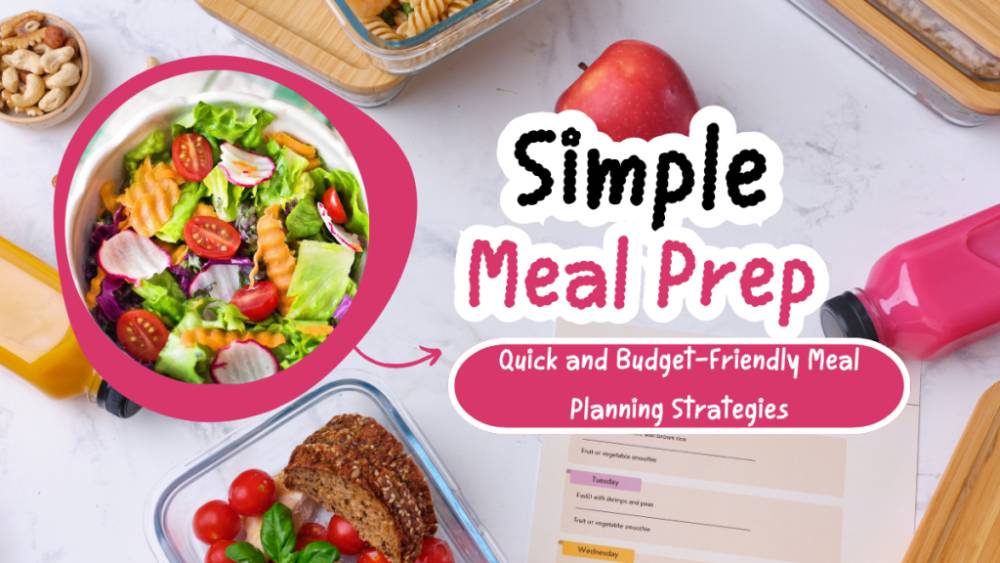
Guest article provided by: breathe-chile.com
In today’s fast-paced world, it can be tough to stay healthy and stick to a budget. But with some planning and creativity, you can eat nutritious meals without spending a lot. Meal planning is key – it helps you save time and money while eating well. In this post, we’ll share practical tips for meal planning on a budget so you can make tasty and healthy choices without overspending.
Set Realistic Goals
Before diving into meal planning, take a moment to set realistic goals for yourself and your family. Determine how many meals you need to plan for each week and consider any dietary restrictions or preferences. Setting clear objectives will help streamline the meal-planning process and ensure that you stay on track.
Shop Smart
One key to successful meal planning is smart shopping. Before heading to the grocery store, take inventory of what you already have in your pantry and fridge. Plan your meals around ingredients that are on sale or in season, as they tend to be more budget-friendly. Consider buying in bulk for staple items like grains, beans, and spices to save even more money in the long run.
Embrace Versatility
Look for versatile ingredients that can be used in multiple meals throughout the week. For example, a batch of roasted vegetables can be enjoyed as a side dish one night and incorporated into a salad or stir-fry the next. Similarly, leftover grains like quinoa or brown rice can be repurposed into hearty grain bowls or stuffed peppers. By maximizing the versatility of your ingredients, you can minimize waste and stretch your grocery budget further.
Plan for Leftovers
Embrace the concept of planned leftovers as part of your meal-planning strategy. Cook larger batches of meals that can be enjoyed for multiple meals throughout the week or frozen for future use. Soups, stews, and casseroles are excellent options for batch cooking, as they tend to improve in flavor over time and can be easily reheated for a quick and satisfying meal.
Utilize Affordable Proteins
Protein is an essential component of a healthy diet, but it can also be one of the most expensive items on your grocery list. To save money, focus on affordable protein sources such as beans, lentils, tofu, and eggs. These plant-based options are not only budget-friendly but also packed with nutrients like fiber, vitamins, and minerals. Incorporate them into your meals in creative ways to add flavor and variety without breaking the bank.
Plan for Flexibility
While meal planning is a great way to stay organized and save money, it’s important to remain flexible and adaptable. Life can be unpredictable, and there may be days when you don’t have the time or energy to prepare an elaborate meal. Be prepared with a few quick and easy recipes that you can fall back on during busy times, such as stir-fries, salads, or grain bowls. Additionally, don’t be afraid to swap out ingredients or adjust recipes based on what’s available and affordable at the store.
Meal planning on a budget doesn’t have to be complicated or restrictive. By setting realistic goals, shopping smart, embracing versatility, planning for leftovers, utilizing affordable proteins, and remaining flexible, you can save both time and money while nourishing your body with delicious and nutritious meals. With a little creativity and planning, you can enjoy a healthy lifestyle without breaking the bank. Happy meal planning!
